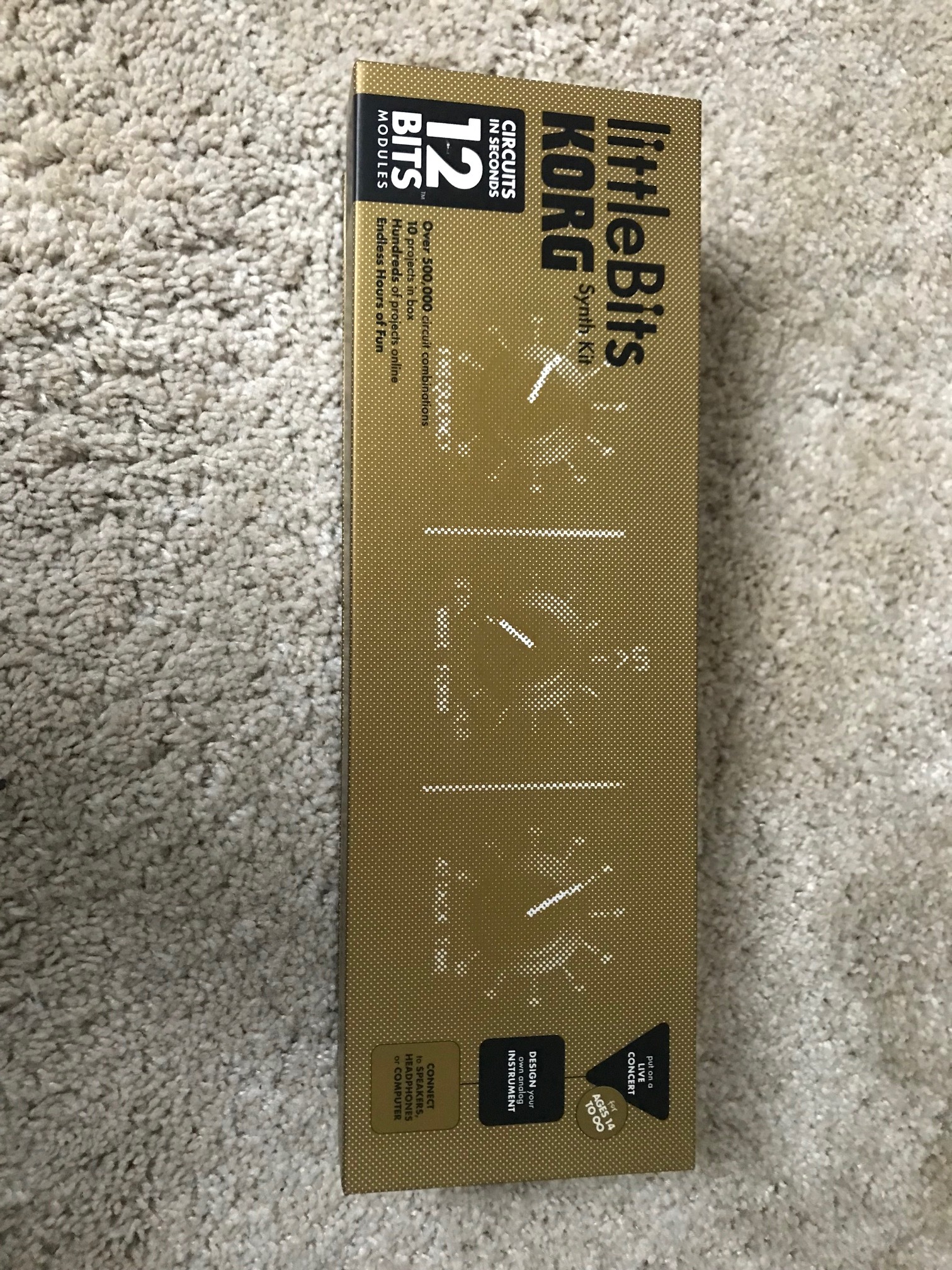
You got both legend LFOs, effects, this whole trimmers section which I’ll talk about. And on top of all that is this section down here that is more of a standard digital plugin kinda section. So you can get these almost like Frankenstein analog synths, or you can emulate in an analog synth specifically and accurately.

So we can mix and match different components, we’ve got five different oscillators, five different filters, a few different envelopes. So for example, DCO gives us a Juno-60 oscillator, but we’re still with our Minimoog ladder filter. But you can swap up each component to emulate a different classic analog synths. This section up here, right now is emulating a Minimoog Model D. But on top of that, to go along with this quality is this flexibility and semi-modularness, that’s really interesting. You told me that was analog I’d believe you. Number one, the quality is hard to match, just listen to this default patch. In a nutshell, it’s an analog emulation, but it’s different from others for two reasons. What makes it different from other synths? What makes it awesome, why you should care. Welcome to another edition of Synth Spotlight. Have any suggestions for future synths to spotlight? Drop a comment below! More specifically, the fact that it that allows you to mix and match components however you damn well please.Ĭurious to see what classic synths each of Diva’s modules emulates? This here reddit thread answers that question for you, so I don’t have to. It's a shame that Idiot Pilot has since pretty much dropped off the face of the earth.Today we’re covering u-he’s Diva. For people who wish Radiohead would rock harder again, these guys filled a very important role. Regardless of their influences, though, it turned into something pretty awesome when put into a blender. They had the metalcore aspect down pat, but they were also drawing heavily from Radiohead. Idiot Pilot was a little bit weirder than some of the other bands on this list because their influences were even more wide-ranging. It's a shame what came after, but they've still got that one shining moment to hold onto. Their first record, Take to the Skies, remains a classic filled with awesome songs. Their combination of cheesy synths and '80s adult contemporary-inspired melodic sections with metalcore was a stroke of brilliance. When Enter Shikari burst onto the scene back in 2006 and '07, they were doing something amazing. I've hated on Enter Shikari's newer, dubstep-inspired work a lot here, but hate and love are two sides of the same coin. They truly are gifted songwriters, and far transcended the wave of imitators that came in their wake. They invented the genre of "Nintendo-core," mixing hardcore, metal, and 8-bit synths from classic video games, but their range is so much broader than that. One thing's for sure though, they are geniuses in their own way. One needs only read their almost incoherently insane blog posts to understand what's at work behind their musical chaos.


These may be the craziest dudes in music. Back in the day, a lot of bands actually used synthesizers to great effect in a brief wave that unfortunately ended way too soon. The problem with dubstep metal is that it's horribly executed, but the concept itself could be successful. That might have led some readers to believe that I'm fundamentally against the idea of mixing synthesizers and other electronics into metal, but that is absolutely not true. Earlier this year, I wrote about the wave of dubstep metal that is ruining everything.


 0 kommentar(er)
0 kommentar(er)
